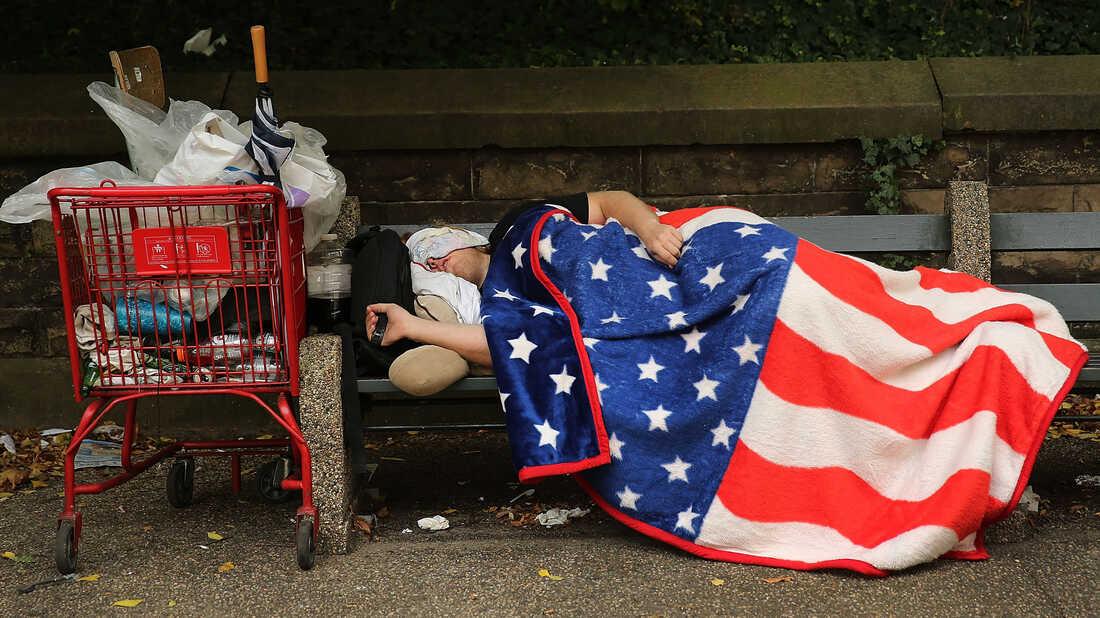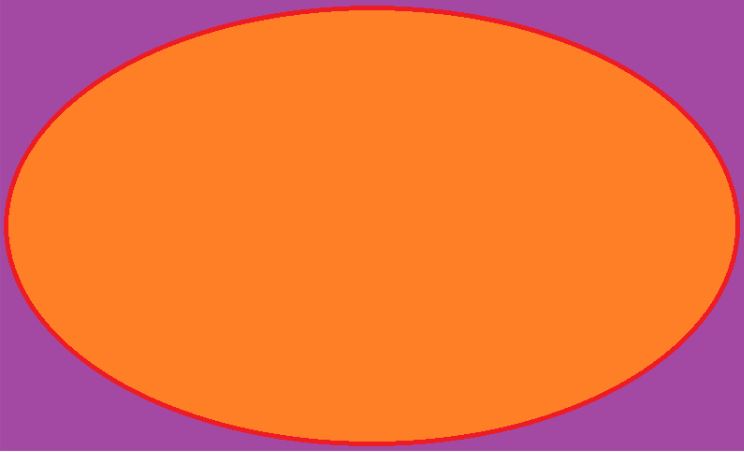Private opulence, public squalor: How the U.S. helps the rich and hurts the poor
March 21, 202312:45 PM ETHeard on Fresh Air

An unhoused individual sleeps under an American flag blanket in New York City on Sept. 10, 2013. In 2021, approximately 11% of Americans lived below the federal poverty line. Spencer Platt/Getty Images
Over 11% of the U.S. population — about one in nine people — lived below the federal poverty line in 2021. But Princeton sociologist Matthew Desmond says neither that statistic, nor the federal poverty line itself, encapsulate the full picture of economic insecurity in America.
"There's plenty of poverty above the poverty line as a lived experience," Desmond says. "About one in three Americans live in a household that's making $55,000 or less, and many of those folks aren't officially considered poor. But what else do you call trying to raise three kids in Portland on $55,000?
Band-Aid remedy? Subsidized housing is one example.
Wealth redistribution doesn't work. The US does it anyway with the tax code. It's government social engineering.
The difference between wealth "redistribution" and wealth "distribution" is, solving the homeless problem by reforming wealth distribution would require systemic change, possibly extensive, potentially transformative systemic change.
Wealth "redistribution" tends to leave the status quo as is, and runs a government Robin Hood scheme.
